In 2004 Google started a very interesting project- to scan the world’s books. It is quite a massive task if you consider that the number of books increase every second! Most estimates say there are now about 3.474 billion books or 3,474,000,000 books in existence today in the world. And the list is growing. Readers love reading fiction and non-fiction works. In fiction, the writer creates his own characters and places. It includes folk and fairy tales, mysteries, fantasies, bed-time stories, novels, short stories, fables and comics. Non fiction books are about real life events, places, biographies, autobiographies, essays and informative books like an Encyclopedia.
Reading in Ancient times
In ancient times books and literature was recorded on palm leaves and even on stone tablets. Once paper was invented, books were written and illustrated by hand. The people who created such books were called scribes. Since scribes were limited, books were rare and expensive. So books became an indicator of richness. A well read person was a person of repute.
Reading in the Digital Age
Times have changed the way we read books. When printing was introduced in 1500’s, books could be bought by many people. There are sufficient resources available where one can access digital books and even audio books. There are sufficient resources available where one can access digital books and even audio books. Today we can use the internet and mobiles to read books. Our reach to books has become easier.
Benefits of Reading
Reading is a fun and interesting hobby. You can read informative sources like the newspaper and encyclopedia to know about what’s going on. Popular children’s classics are fun, as they transport you to different fantastical places and periods. One can meet a Prince Charming or meet talking animals in this journey. Reading improves vocabulary and widens knowledge. One never gets bored of reading a good book.

Reading Skills
There are many techniques that improve reading skills. This includes the ability to read faster, understand the material and also to remember what we read. Some such techniques are:
Speed-reading
Speed-reading is the skill that allows people to read faster. You can do this by timing your current reading speed, staying away from distractions and by deciding the time you will take for a piece. Don’t read aloud as it takes up time. The fastest reader in the world is the American Howard Stephen Berg who claims to be able to read 25,000 words a minute. While you don’t have to achieve such records, it is interesting to know that a ‘good reading speed is 500-700 words per minute’, while a ‘normal speed is 200/230 words a minute’.
Skimming
In this method you read or preview the text at a very basic level only to understand the gist of the material.
Meta guiding
This is done by using a finger or pen to guide you through the text that you are reading. This helps your eyes to read faster.

Remember what you read
Take notes while reading and to remember what you have read. · Highlight or underline important words or phrases.
Fast or slow, the important thing is to enjoy reading. It’s a life-long investment. A world that does not read is a world that does not dream. As Eleanor Roosevelt said once, “The future belongs to those who believe in the beauty of their dreams.” So read and nurture dreams to build a better tomorrow.



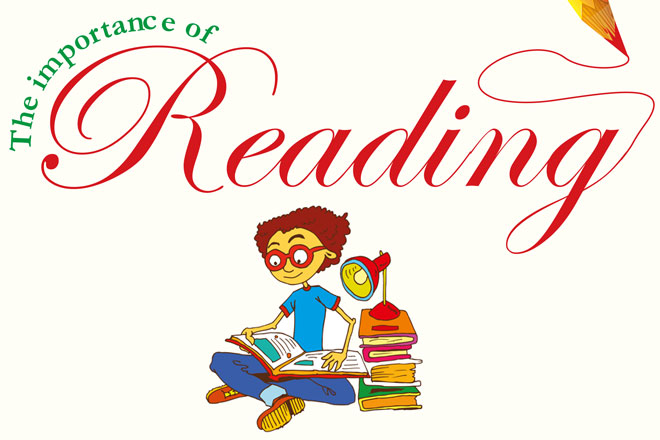




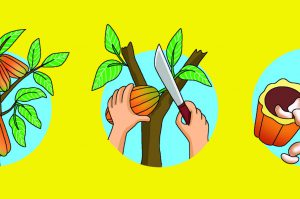
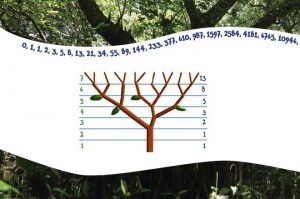
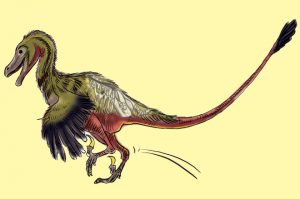

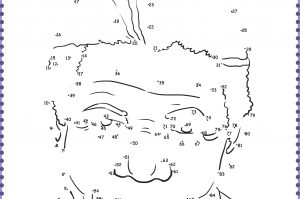

Very nice and interesting facts. In the story I understood the importance of reading books